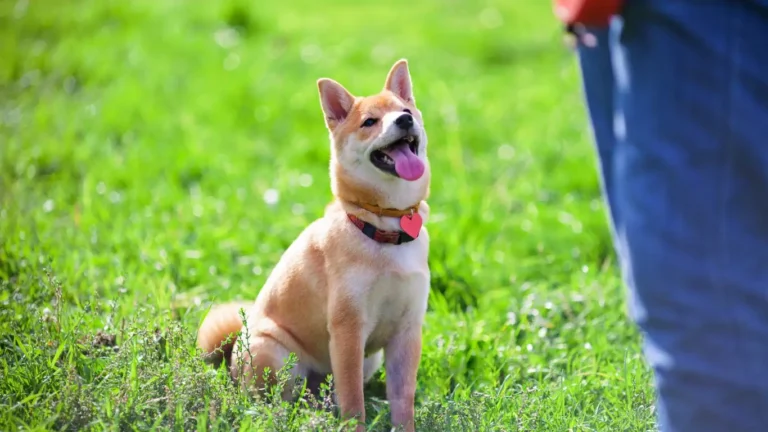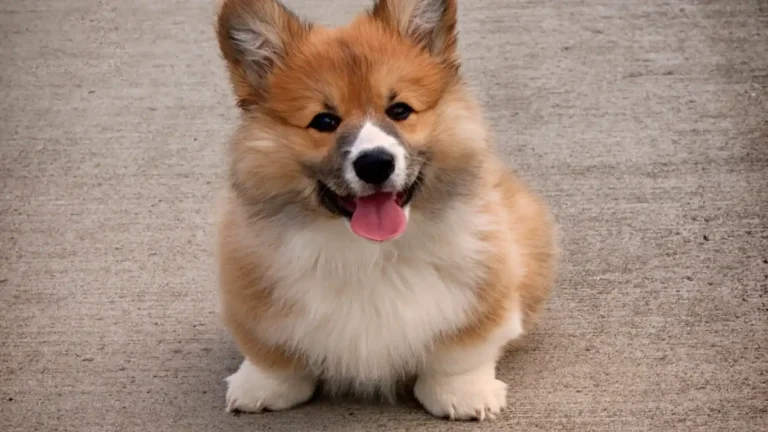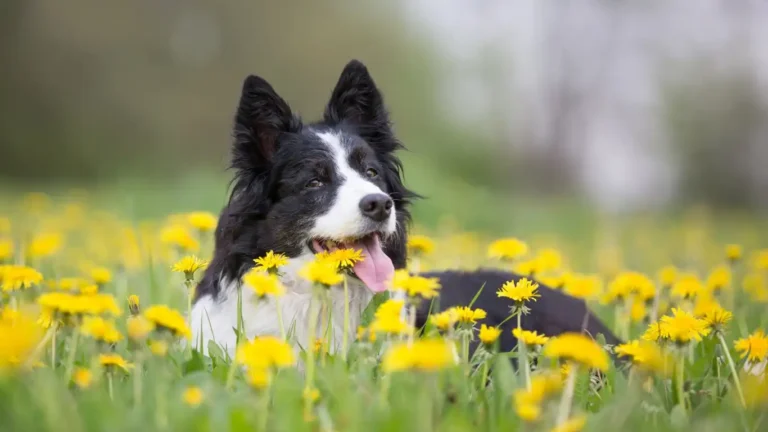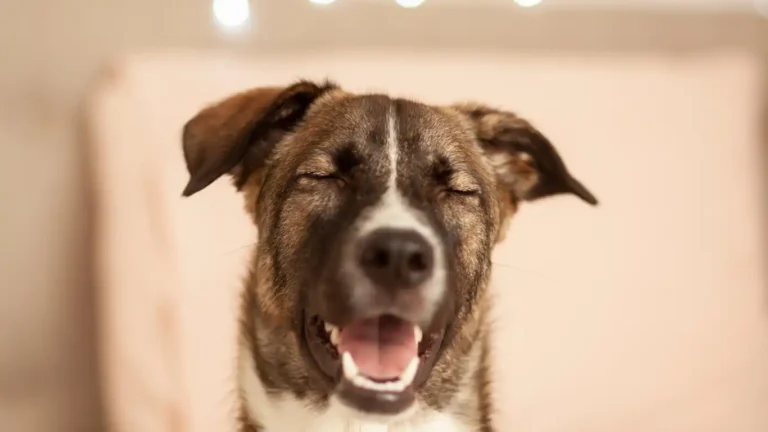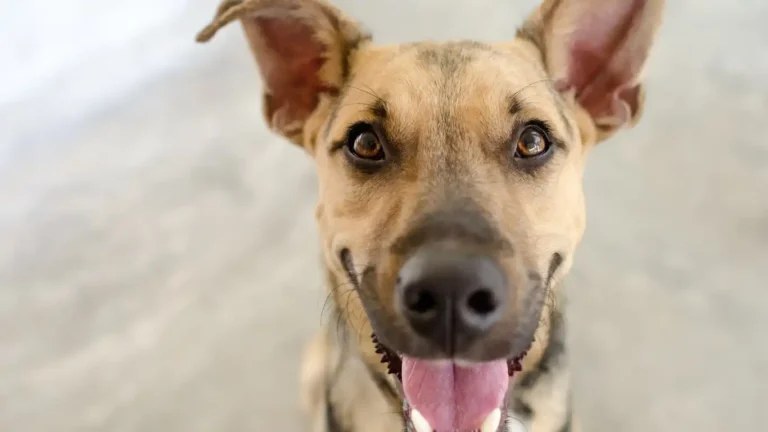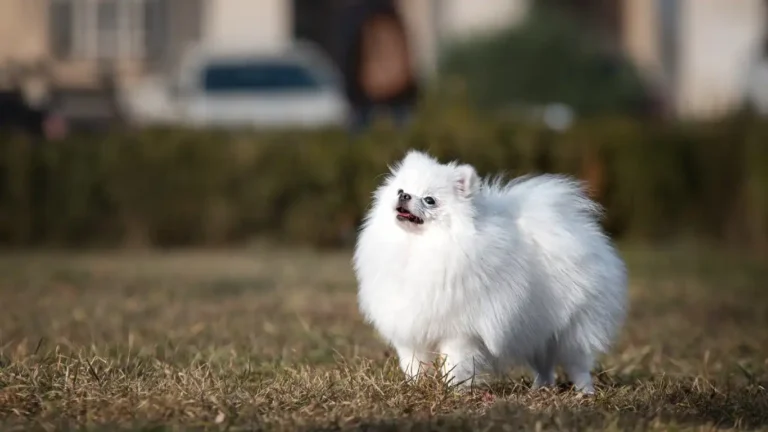How to Teach a Dog to Relax Around Other Dogs – Easy Steps for Success
Dogs are social creatures by nature, but not every dog is comfortable around other dogs. Whether it’s due to past experiences, fear, or simply a lack of proper socialization, some dogs struggle to relax when meeting new furry friends. As a veterinary technician with a background in animal nutrition, I’ve seen firsthand how important it is to address this issue in a patient, compassionate way. If you’re wondering how to teach a dog to relax around other dogs, you’re in the right place. This article will give you practical tips based on my personal experience and expertise, plus some tried-and-tested methods to help your dog feel more at ease during these interactions.
Understanding Why Some Dogs Are Nervous Around Other Dogs

Before we dive into the techniques, it’s important to understand why some dogs struggle to relax around other dogs. Dogs are individuals with their own personalities, just like humans. While some are outgoing and confident, others may be more reserved or anxious in social situations. If you’ve noticed your dog acting nervous, growling, or even lunging when they see another dog, it’s likely that they’re feeling scared, threatened, or simply overwhelmed.
Several factors can contribute to a dog’s anxiety or discomfort around other dogs. Some common reasons include:
- Lack of Socialization: Puppies who aren’t exposed to other dogs during their critical socialization period (between 3 and 14 weeks of age) may grow up to be fearful or aggressive towards other dogs.
- Negative Experiences: If your dog has been attacked or intimidated by another dog in the past, they may become wary of all other dogs, even if those dogs are friendly.
- Overwhelming Stimuli: Dogs that haven’t been properly desensitized to the presence of other dogs can easily become overstimulated in busy environments, leading to stress and anxiety.
- Fear of the Unknown: Some dogs simply don’t know how to act around other dogs, and their fear of the unknown makes them uneasy.
Recognizing these underlying reasons will help you take a more empathetic approach when trying to teach your dog how to relax around other dogs. With the right training, patience, and understanding, it’s possible to help your dog become more comfortable and confident in social situations.
How to Help Your Dog Overcome Their Fear of Other Dogs
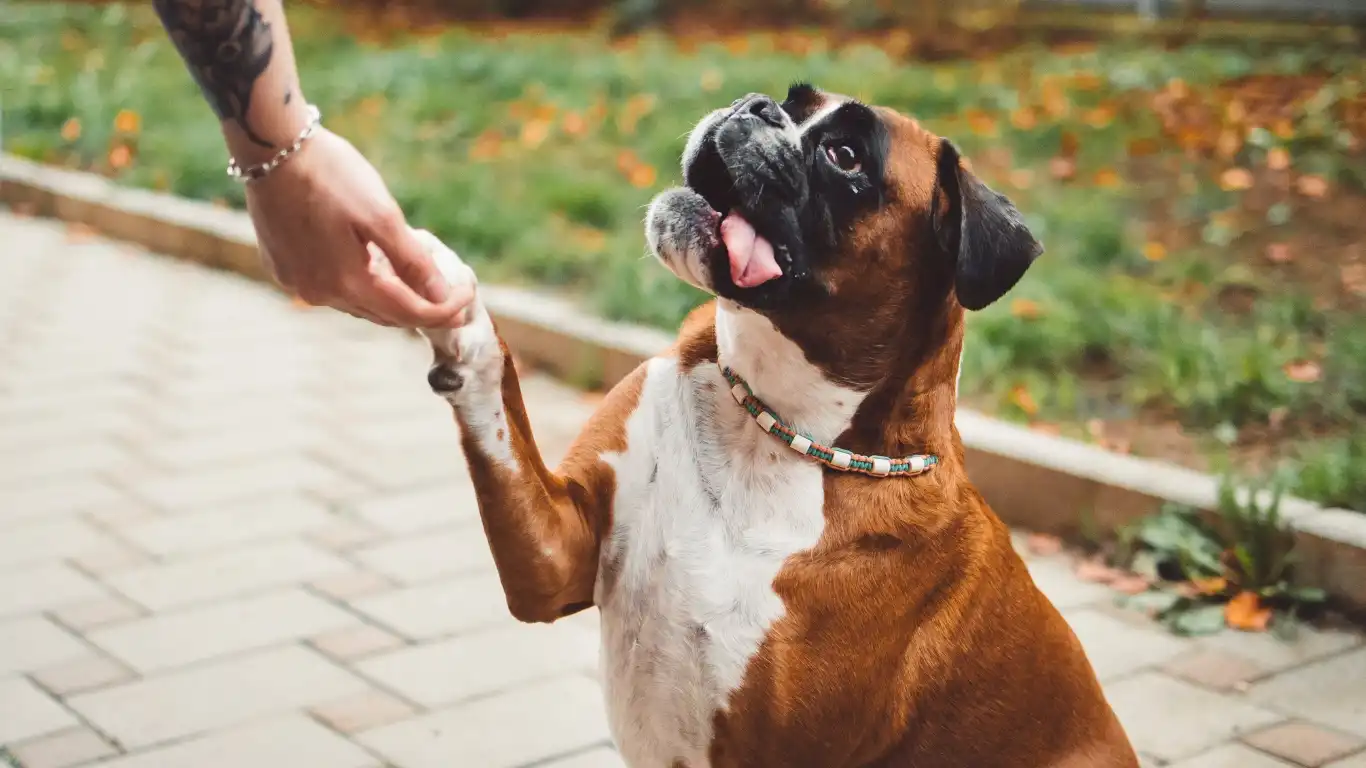
When you’re teaching your dog how to relax around other dogs, it’s important to go at your dog’s pace. Rushing the process can make things worse, so the key is patience, consistency, and using positive reinforcement. Here are some tried-and-true methods that I’ve found helpful when working with anxious dogs:
Start with Controlled Introductions
One of the most effective ways to teach your dog to relax around other dogs is by starting with controlled introductions. You want to ensure that both dogs are calm before they meet. Start by having them interact at a distance. Don’t force them to approach each other—let them observe each other from afar and get used to each other’s presence. Gradually decrease the distance between the dogs as long as both remain calm. This is known as “parallel walking” or “parallel play.”
If your dog seems calm, reward them with praise or treats. But if your dog starts to show signs of stress (like barking, pulling on the leash, or trying to back away), take a step back and give them some space. The goal is to build positive associations with the presence of other dogs without overwhelming your dog.
Use Positive Reinforcement to Reward Calm Behavior
Positive reinforcement is one of the most powerful tools when it comes to training dogs. Every time your dog stays calm around another dog, reward them with a treat, praise, or their favorite toy. Over time, your dog will start to associate the presence of other dogs with positive experiences, and this will help them relax more easily in these situations.
Keep in mind that rewards don’t have to be limited to food. For some dogs, a belly rub, a game of fetch, or verbal praise might be more effective than a treat. You know your dog best, so use the reward that resonates most with them!
Slowly Increase the Level of Distraction

As your dog gets more comfortable with being around other dogs, it’s important to gradually increase the level of distraction. Start with one calm, well-behaved dog and slowly work your way up to situations with more dogs or more energy. This helps prevent your dog from feeling overwhelmed by a sudden influx of new dogs or chaotic environments.
Remember, the key here is gradual exposure. For example, you could start by having your dog meet a calm, friendly dog in a quiet park and then progress to dog parks or events with multiple dogs. Throughout this process, continue to reward your dog for calm behavior and remain patient. If you push them too quickly into challenging situations, it could undo all of your hard work.
Recognize Your Dog’s Stress Signals
One of the most important aspects of teaching your dog to relax around other dogs is being able to read their body language. Understanding your dog’s stress signals will help you gauge how they’re feeling and allow you to intervene before they become overwhelmed.
Common signs that your dog may be stressed or uncomfortable include:
- Yawning
- Whale eye (when they show the whites of their eyes)
- Tensing up or stiffening their body
- Panting or drooling excessively
- Raised hackles (fur along their back)
If you notice any of these signs, it’s a good idea to remove your dog from the situation and give them some space to calm down. Pushing them too hard can result in negative associations with other dogs, making it even more difficult for them to relax in the future.
Creating Positive Associations with Other Dogs
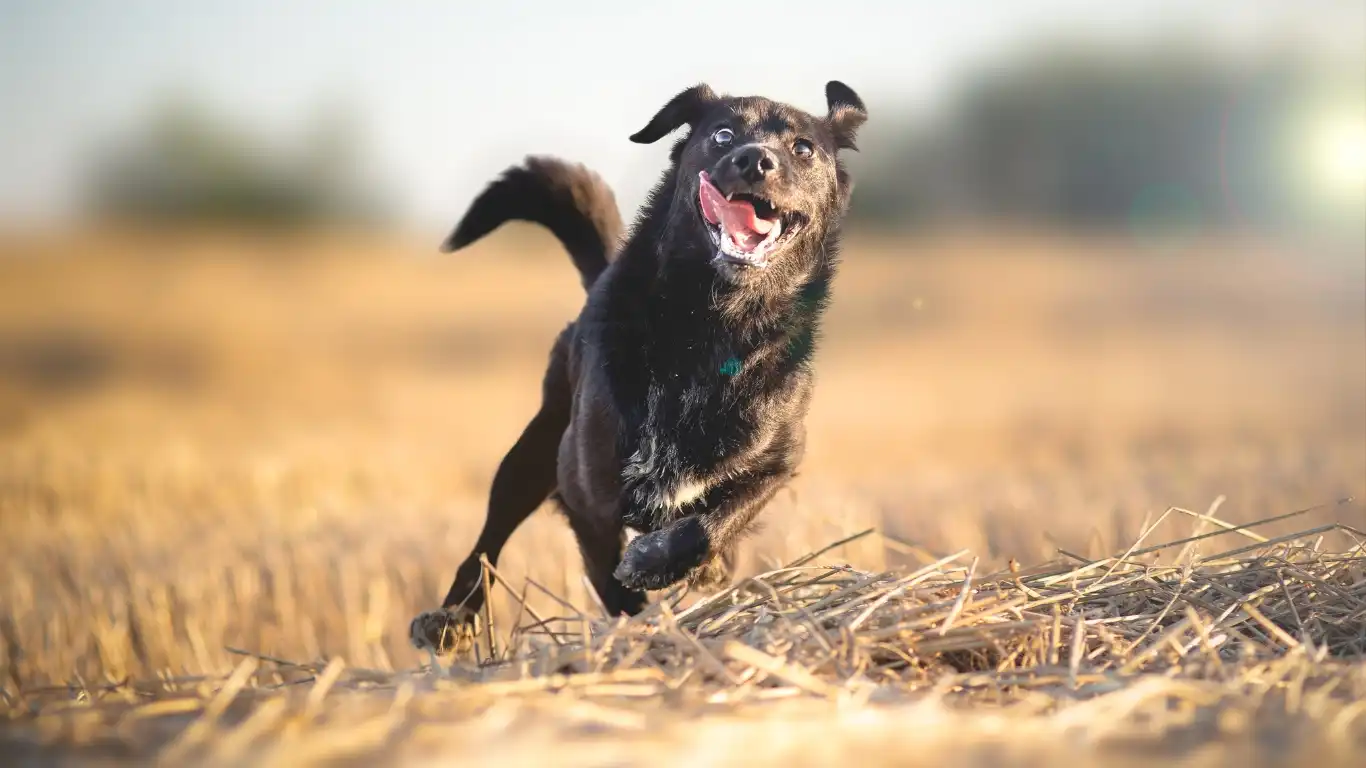
In the journey of teaching your dog to relax around other dogs, creating positive associations is absolutely essential. Our dogs, just like us, learn through experiences, and it’s important to shape those experiences in a way that reinforces calm, relaxed behavior. If you think about it, dogs don’t exactly *love* change—especially when it comes to things that feel unfamiliar or potentially threatening to them. That’s why positive reinforcement, through rewards and praise, is so powerful. The more positive the interaction, the more your dog will start to look forward to meeting other dogs.
One of my favorite ways to do this is through pairing good things (like treats or playtime) with the presence of other dogs. Here’s how I’ve used this technique with some of my clients:
Step-by-Step Approach to Building Positive Associations
Start by having your dog in a calm state, either at home or during a walk, and then introduce them to another dog at a safe distance. As soon as your dog notices the other dog without reacting negatively, reward them with a treat or verbal praise. The goal is to show your dog that nothing bad happens when other dogs are around. If your dog reacts with any tension or stress, increase the distance between the two dogs until they settle down.
As time goes on, you can gradually close the distance, but remember, this isn’t a race! It’s about going at your dog’s pace and making sure they stay calm. Over time, they will start to associate the presence of other dogs with positive outcomes, and you’ll notice their body language changing from tense to more relaxed.
Incorporating Training Tools and Techniques
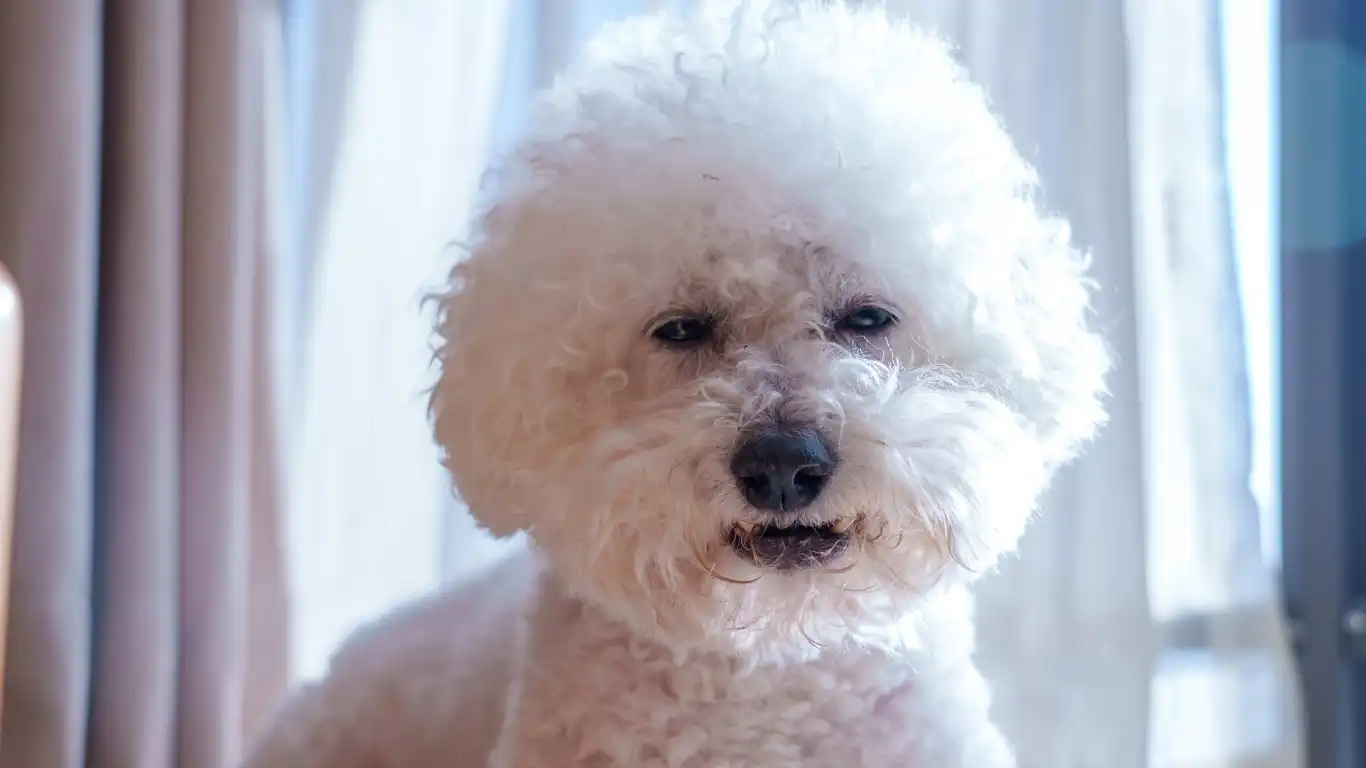
As you continue to work with your dog, it’s a great idea to incorporate some training tools that can help make the process smoother. These tools can provide more control during introductions and help your dog understand what you expect from them in social settings. Here are a few tools that I recommend:
- Leash Training: A sturdy leash gives you more control during interactions. You don’t want your dog to bolt away if they become frightened, and a leash provides a safety net while you’re both learning to navigate these situations.
- Head Halters: For dogs that tend to pull or act out of control, a head halter (like a Gentle Leader) can be a great way to redirect their attention in a gentler manner without putting strain on their neck.
- Clicker Training: Clicker training is a wonderful tool for reinforcing calm behavior around other dogs. The click sound is a precise marker that signals your dog did something right, and it’s followed by a reward. This helps dogs understand what they’re being praised for.
When using any of these tools, consistency is key. It may take some time, but when you combine them with positive reinforcement techniques, your dog will learn what to expect in different social situations.
Managing Your Dog’s Energy Levels Before Interactions

Before introducing your dog to other dogs, it’s a good idea to manage their energy levels. High-energy dogs, in particular, can become overstimulated very quickly, and that can lead to reactive behavior. I always recommend getting your dog out for a walk or a play session before any socialization attempt. Not only will this help burn off excess energy, but it will also help your dog stay more focused during the interaction.
On the flip side, if your dog is overly tired or stressed, they might not have the mental bandwidth to cope with the presence of other dogs. This could result in fear-based responses like growling or hiding. It’s a balance of providing just enough exercise to keep them relaxed and content but not so much that they become overstimulated.
Why Exercise is Key to Relaxed Socialization
When I’m working with dogs who struggle to relax around others, I always tell their owners to make sure their dog’s basic needs—like exercise and mental stimulation—are being met. This doesn’t just mean going for a walk; try to add some variety. For example:
- Interactive toys: Puzzle toys that engage their mind can help tire them out without the risk of physical overstimulation.
- Training sessions: Short, positive training sessions can help with both mental and physical stimulation, setting a solid foundation for when you need to work on socialization.
- Playdates with familiar dogs: Instead of immediately exposing your dog to a large group of new dogs, begin by introducing them to one or two familiar dogs they already trust. This can be much less stressful.
When your dog has had adequate exercise, they’re more likely to have a calm demeanor and be in a better mental state for learning how to interact with new dogs.
Creating Controlled, Low-Stress Environments
Another aspect of teaching your dog to relax around other dogs is ensuring that you introduce them to new canine friends in a controlled and low-stress environment. A dog park, for example, might be too chaotic for a dog that’s still learning how to behave around other dogs. Instead, focus on environments where you can control the situation more easily. A quiet, secure space like a fenced backyard or a calm training class with a small group of dogs could be perfect.
During these controlled sessions, it’s easier to manage the interactions and provide your dog with a safe space to retreat if needed. I always suggest using a leash, even in an enclosed area, just in case your dog becomes overwhelmed and needs a little guidance. The idea is to take things slow and allow your dog to process the situation without feeling trapped or forced into interactions.
And remember, not all interactions have to end in a “playdate.” Sometimes, a simple, non-confrontational sniff and move on is enough to create positive associations. It’s about building confidence in your dog, and that takes time!
Understanding Your Dog’s Individual Needs

At this point, you’ve learned several techniques to help your dog relax around other dogs, but every dog is unique. What works for one dog might not be as effective for another. Understanding your dog’s individual temperament, past experiences, and personality is key to successfully helping them overcome their fears. For example, some dogs may need extra time to feel comfortable around other dogs, while others may respond quickly to positive reinforcement.
As a veterinary technician with a focus on animal nutrition and behavior, I’ve worked with a wide range of dogs. Some are naturally confident, while others have had negative experiences that make them more cautious. For instance, I once worked with a dog who was fearful of other dogs due to a traumatic experience at a dog park. In this case, we had to take small, slow steps and focus on positive, controlled encounters with just one dog at a time. But another dog, who was just shy by nature, learned quickly after a few positive experiences in a low-stress environment.
Here are a few ways you can tailor your approach based on your dog’s individual needs:
- Assess your dog’s body language: Every dog has different signs of anxiety, stress, or excitement. Some may hide behind you, while others might freeze or act out. Knowing these signs will help you understand when to ease off and give your dog space.
- Consider your dog’s age and breed: Puppies and young dogs may be more adaptable to new experiences, while older dogs may have ingrained habits or be more set in their ways. Similarly, certain breeds may have specific tendencies, like guarding or herding instincts, that could affect their behavior around other dogs.
- Be patient and realistic: Progress might be slow, but that’s okay. Some dogs need more time than others to feel comfortable. Celebrate the small wins along the way!
Dealing with Setbacks and Challenges
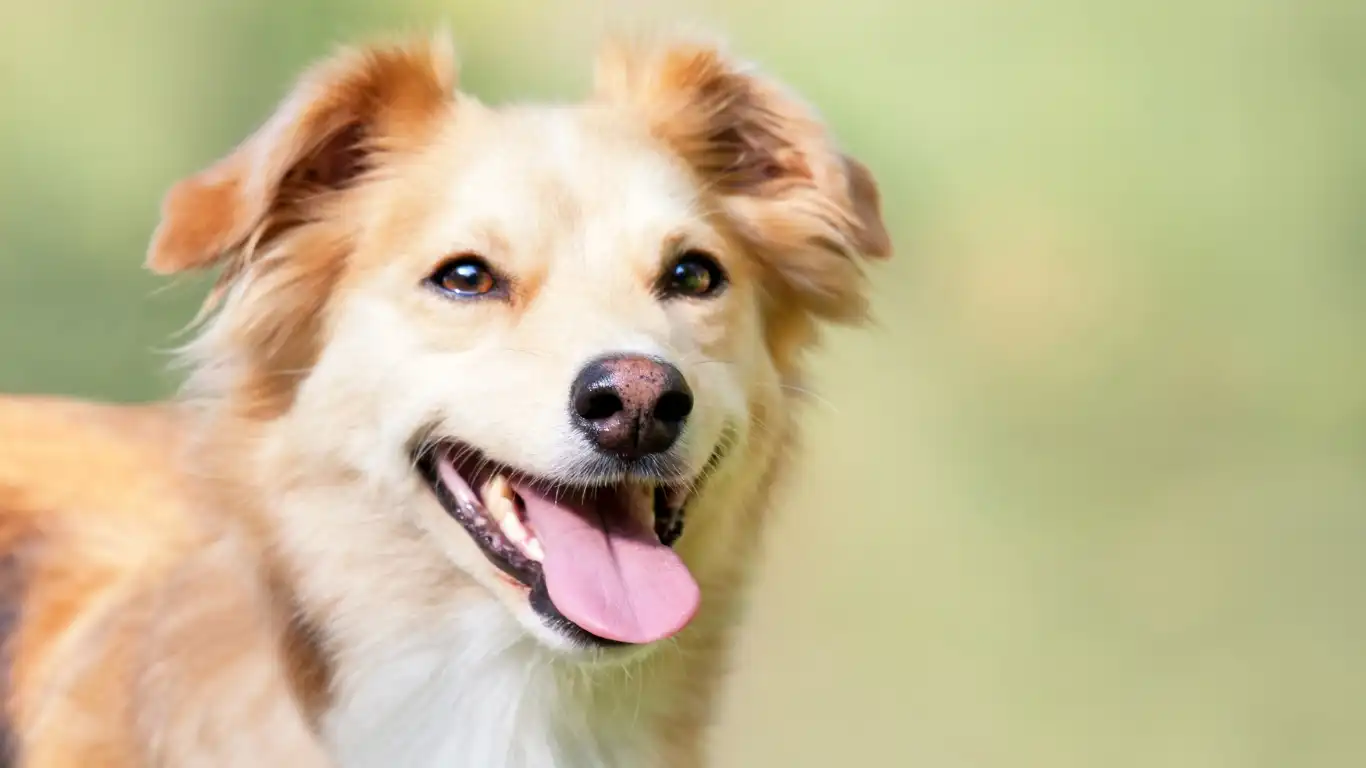
As with any kind of training, you’re likely to encounter some setbacks. This is completely normal, and it’s important to handle these moments with patience and understanding. Setbacks could include your dog reacting negatively to an encounter, regressing to old behaviors, or showing signs of stress that weren’t there before. It can feel frustrating, especially when you’ve made progress, but remember: teaching your dog to relax around other dogs is a process, not a one-time event.
When setbacks happen, it’s important to take a step back and reassess the situation. Did you go too fast? Was your dog overstimulated? Did they have a bad experience? It’s also helpful to reflect on the bigger picture—progress takes time, and it’s crucial to avoid becoming discouraged. Here are some tips for managing setbacks:
Revisit the Basics
Sometimes, when setbacks occur, it’s helpful to return to earlier, simpler steps. Go back to a controlled, low-stress environment where you can set your dog up for success. This might mean working with just one calm dog in a familiar space, at a distance, before slowly progressing again.
By revisiting the basics, you reinforce positive behavior, and it allows your dog to regain confidence. If you feel frustrated, take a deep breath and remind yourself that small steps forward are still progress!
Consider Professional Help if Needed
If your dog continues to struggle, despite your best efforts, it might be time to consult with a professional dog trainer or behaviorist. A professional can help assess the situation more thoroughly and give you tailored guidance specific to your dog’s needs. In some cases, a behaviorist may suggest desensitization or counter-conditioning techniques, which can help your dog overcome fears in a structured, safe way.
Don’t feel bad about reaching out for professional help. As much as I love being involved in my own dog’s care, I’ve learned that there’s no shame in asking for extra expertise when needed!
Setting Realistic Expectations and Long-Term Success
As you work with your dog, it’s essential to keep realistic expectations. You won’t go from a dog who is terrified of others to one who happily plays in a dog park overnight. The key is consistency, patience, and gradual progress. If you’re expecting immediate results, you may end up frustrated. It’s important to acknowledge the small steps and celebrate progress, even if it feels slow.
In my experience, it’s the slow, steady changes that lead to lasting results. When working with fearful or anxious dogs, gradual exposure is more effective than overwhelming them with too much too soon. With each successful encounter, your dog’s comfort level will increase. Over time, they will become more relaxed and confident in the presence of other dogs.
Another thing to remember is that training doesn’t stop once your dog is more relaxed around other dogs. Continued exposure to new environments, dogs, and situations will help solidify your dog’s new behaviors and confidence. Socialization is a lifelong process, and it’s about teaching your dog how to manage different situations in a healthy, controlled way.
References and Resources
If you’re looking to learn more about dog behavior, training, and socialization, here are a few helpful resources to get you started:
These sites provide valuable information and expert advice on everything from basic dog training to more advanced behavioral techniques. Whether you’re looking for tips on how to improve your dog’s diet or seeking guidance on overcoming anxiety, these resources will offer support at every step of the way.
Disclaimer
The information provided in this article is based on personal experience and professional knowledge as a veterinary technician. It is not intended to replace advice from a qualified veterinarian or professional dog trainer. Always consult with your veterinarian or a certified behaviorist if you have concerns about your dog’s health or behavior. Every dog is different, and tailored advice may be necessary depending on your dog’s specific situation.
